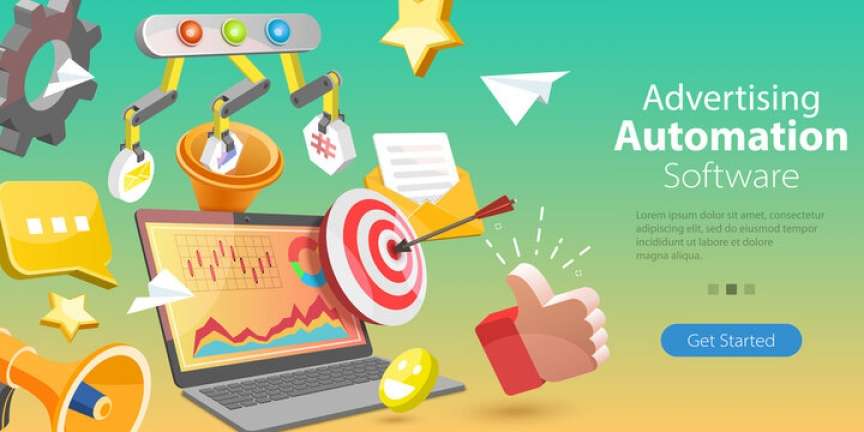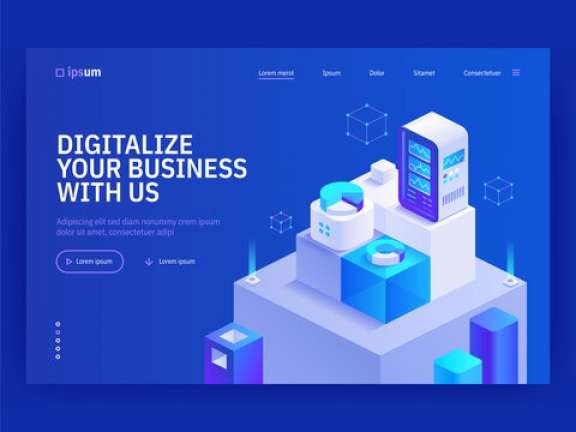Who pays for what? That is, prioritizing two aims and neglecting the third. Modern software development needs all 3. Our team from Orlando (https://www.dataart.com/orlando) will talk about developing successful software.
With the “golden triangle” in software development and project management, a team must make trade-offs to meet three essential constraints: cost, quality, and time. And this despite the fact that these three were seldom if ever, reconciled.
Compromise is no longer acceptable in today’s current software environment. Getting “better, cheaper, and faster” is no longer enough. Customers nowadays expect flawless quality, frequent updates, and low prices, but their expectations go far deeper. Software development success today requires adding value.
Vendors’ software and services must fulfill a dozen distinct standards without exception. The rivalry is increasingly between players who score 12/12.
Using greater speed storage, memory, and computing systems is now more accessible for all developers due to lower infrastructure costs. At the same time, software development tools and methodologies have changed dramatically. Cloud applications built with self-contained microservices in containers and strong languages and frameworks enable developers to rethink application design cost, complexity, and risk.
Methodologies, styles of operation, and company culture have changed to capitalize on these breakthroughs. Application lifecycle management, the global automation, and agile and DevOps methodologies enable developers to produce software quicker and more reliably than ever before.
A single developer can now install an autoscaling web application with a message queue and a database in minutes, instead of days or weeks. The cost of hosting an application is now insignificant compared to 10 years ago. Software engineers can literally have their cake and eat it too.
But the shifts go beyond performance and cost. This transformation has impacted user expectations and experiences, not just software development. They expect and depend on applications to provide faultless user experiences. This raises the bar even higher for introducing new features at little expense.
Due to these two characteristics, performing “better, cheaper, and faster” is a straightforward first bet. To succeed, you must go beyond these standards by enhancing application dependability, maintenance, and monitoring.
Checklist for Modern Software
1. You must be able to surpass your consumers’ expectations quicker than your competition.
2. Costs. Even at the lowest software development expenses, we must provide reliable and inexpensive product delivery.
3. In a world where customers expect excellence and one misstep can destroy a brand’s reputation, it’s critical to constantly improve your goods to satisfy rising consumer expectations.
4. Fault tolerance: in the case of a failure, the program must be able to recover its work, swiftly restore lost functionality, or even avoid data loss.
5. Stability Today’s software providers must ensure the software is accessible 24/7/365 to prevent planned or accidental downtime in production settings.
6. Scale. Savvy software design should guarantee the lowest expense and risk. Scalability from 20 to 20,000 users and 20,000 to 20,000 users must be open to allow migration without re-architecting the program or forcing the consumer to replace the product. But scalability isn’t just about users: it’s about data, application complexity, and developer count.
7. Portability: Publishers must provide software that adapts to ever-changing device kinds. Customer preferences, geographic location, and company requirements should be able to determine how they are distributed.
8. Attenuation Site Reliability Engineers (SREs) and business teams may utilize the software to increase company performance and success.
9. Reliability The unpleasant reality remains: 75% of software costs are linked to maintenance and administration. The software should be designed to simplify and optimize maintenance activities.
10. During the design and deployment stages, it is critical to leverage automation tools and methods to reduce manual operations.
11. To decrease startup time and graceful shutdown, the software distribution process must be monitored in milliseconds rather than minutes.
12. Continuity It’s vital not to wait weeks or months between releases. They must be switched every hour, if not minute.
Choosing six, eight, 10, or even eleven of the twelve criteria isn’t the point. If you don’t fill them all, the competition will. Dataart reminds – the golden triangle concept is certainly less restricted. Despite its complexity, this formula for success depicts an exciting period in software development. Recent advances in software tools and infrastructure have prompted some to declare a “golden era” of software development. Finally, as more organizations become software publishers, the possibilities and incentives grow.















